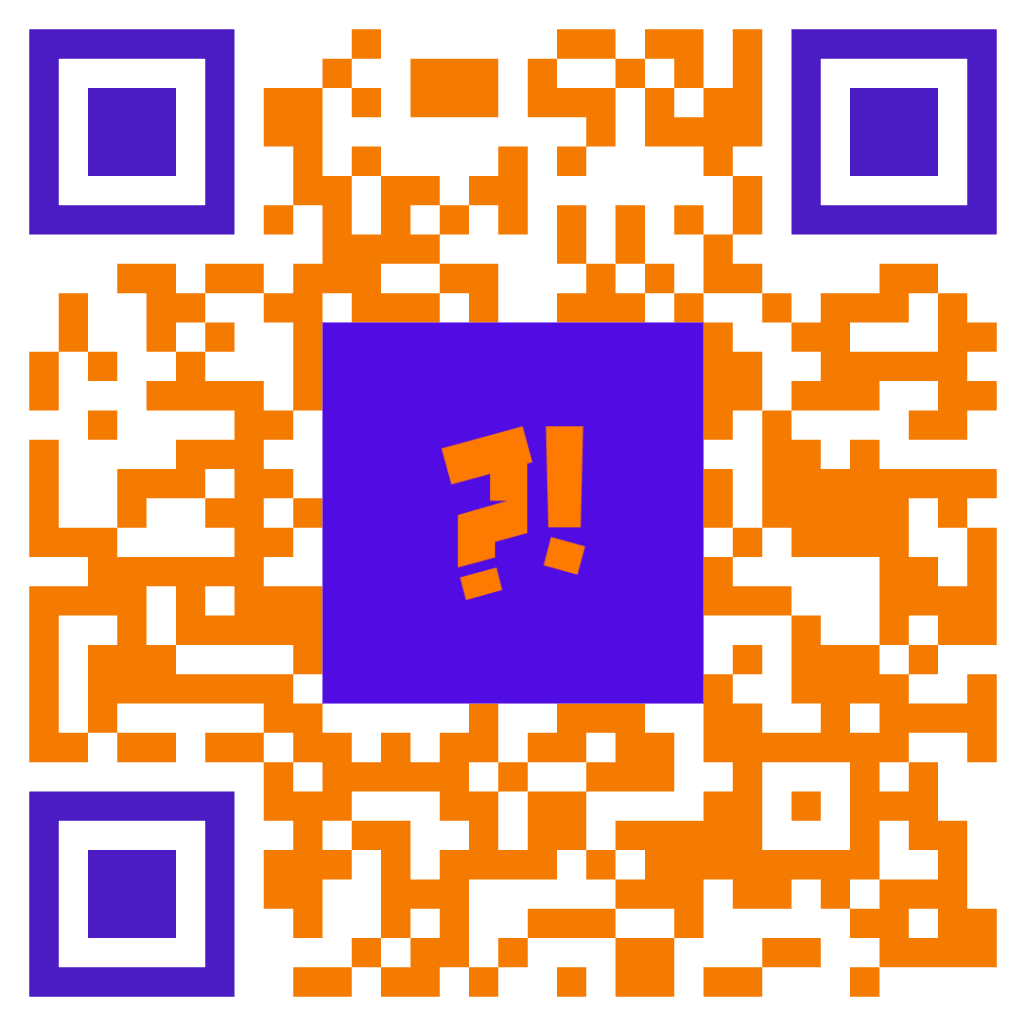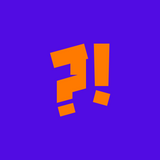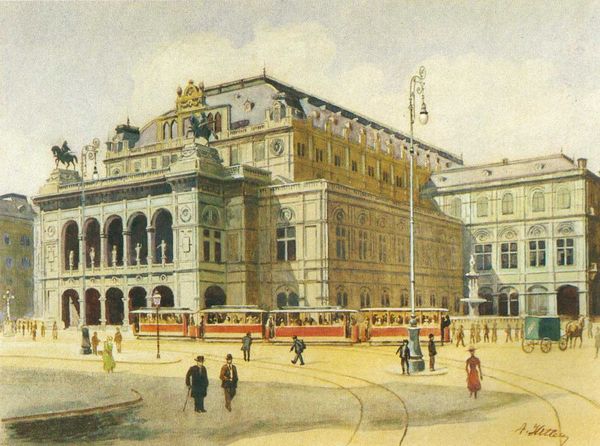#10 Where did QR Code come from??
It's literally everywhere now! But who came up with this idea? Why? And HOW?

BIG welcome to the first, double-digit edition of our fun + informative newsletter!
Every Wednesday, we share:
- 🤯 A WOAHHH! fact
- 💭 A Quiz for you (with the answer at the end)
- 🤗 An Update about us
- ❤️ A Comment that made our week
All the CRAZY 9 previous editions + 2023's special edition can be read here or by scanning the QR code above ;)
🤯 WOAHHH! fact
Before we get into QR codes, let's understand what it replaced and why.
It was the Bar code.
While Bar Codes are still pretty popular, they have a few problems:
- They could only store a limited amount of info: about 20 alphanumeric characters.
- They could only be scanned in one direction.
Keeping these problems in mind, let's head to the 1990s, in a factory of a Japanese automotive company: Denso Wave.


Since a Bar code had limited storage, Denso Wave had to apply as many as 10 bar codes on a single product to store its information.
And then ensure that they are read from one direction.
Tens of bar codes in thousands of items! In one word: Bar codes slowed the production.
Enter our hero: Masahiro Hara. He was asked to find a way to read barcodes more quickly.

Initially, he started by improving the barcode readers. Only to realise its limitations.
One day on his lunch break, while playing the popular game of Go, he had his eureka moment.
One look at the Go board and the story is clear:

Hara realized that a grid system with patterns like this could hold much more information and be read from multiple directions!
Hara and his Denso Wave team executed this idea and developed a Quick Response Code to speed up their production.
This QR Code could hold over 7000 characters!
It is also known as a 2D code since it can carry information both horizontally and vertically (bar code was one-way reading).
And it can store all this data in 1/10th the space of a barcode.
The QR code became even easier to use in 2017, when Apple and then Android launched QR Code readers with their new operating systems.
It also grew exponentially during the COVID pandemic since everyone needed a quick & easy solution to function without physical contact.
Next time you come across a QR code, show your friends/fam this photo of Go board and tell them, "Arey Pata Hai?!"
🔫 Quiz for you
In India, which government initiative extensively uses QR codes for digital payments?
🤗 This week at APH (Arey Pata Hai?!)
Some audacious goals for 2024 were made:
💪 List of dream collabs with brands & audience both.
💪 Ideas of products we want to make for you.
💪 And new crazy content we want to create.

So much fun learning coming for you this leap year ❤️
💌 A comment that made our week
We tried a new punishment of lemon shots. It was the most common suggestion from our audience everywhere.
But we made the mistake of taking VERY concentrated shots which is clearly visible from our expressions here.
But you all praised that we heard you and then ALSO empathised with us. Made us forget the sourness :')

✅ Quiz answer
It is UPI - Unified Payments Interface.
Yup, UPI is an Indian-made payment system. Many of you might already know this. But many still get shocked at knowing that UPI is truly a made-in-India tech.
It was developed by the National Payments Corporation of India in 2016.
👋 See you next Wednesday!
If you like our newsletter, do share it with your curious, nerdy friends or fam❤️
Loveeee,
Team APH
PS: We revert to every single reply on this newsletter. Takes us hours to pen it down, will only take you a few seconds to hit reply :)
If this e-mail was forwarded to you OR if you are reading it on our website, you can subscribe to our newsletter here to get this delivered directly to your e-mail🤩
More from Arey Pata Hai?! here:
YouTube | Instagram | Facebook





